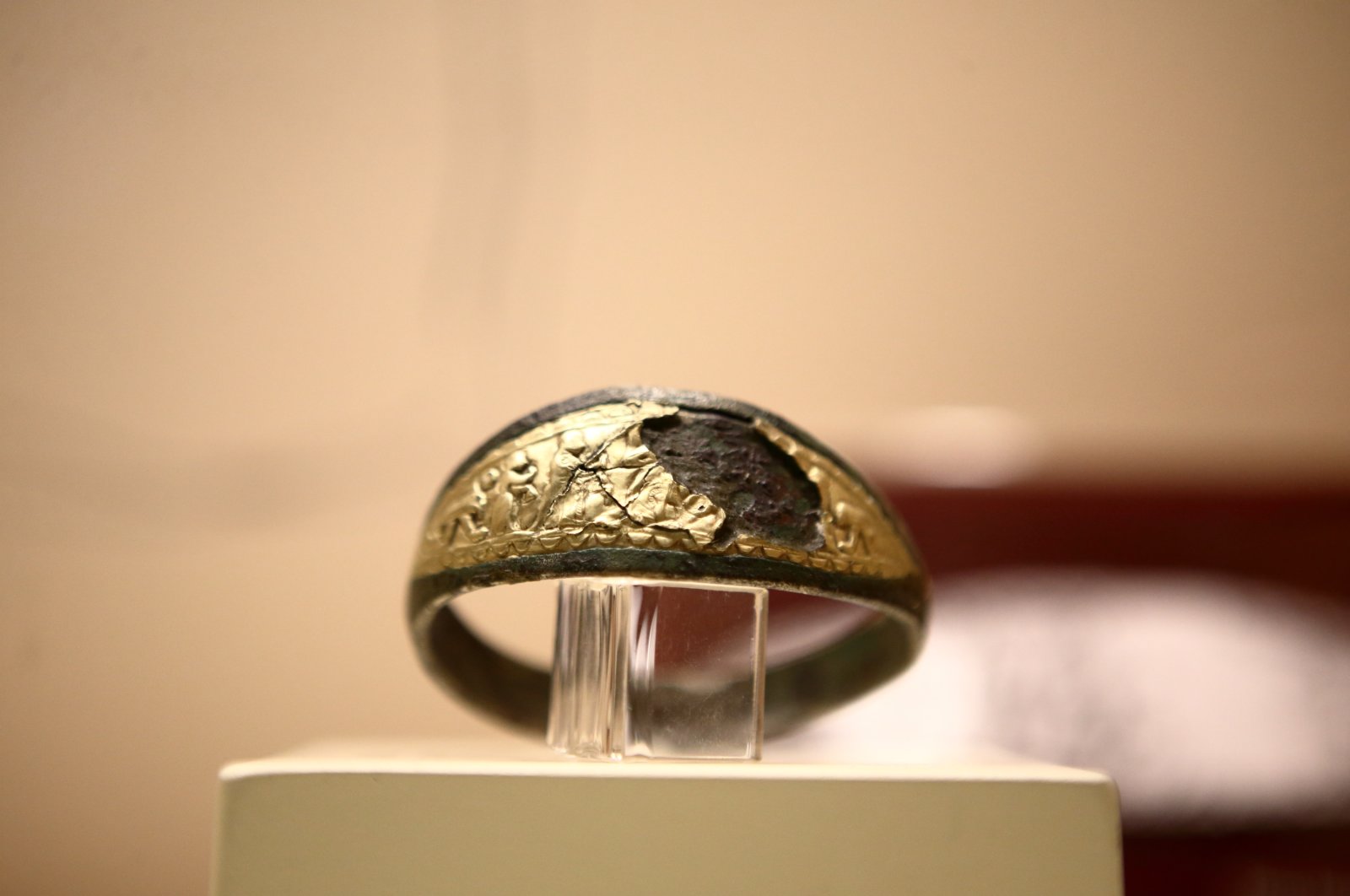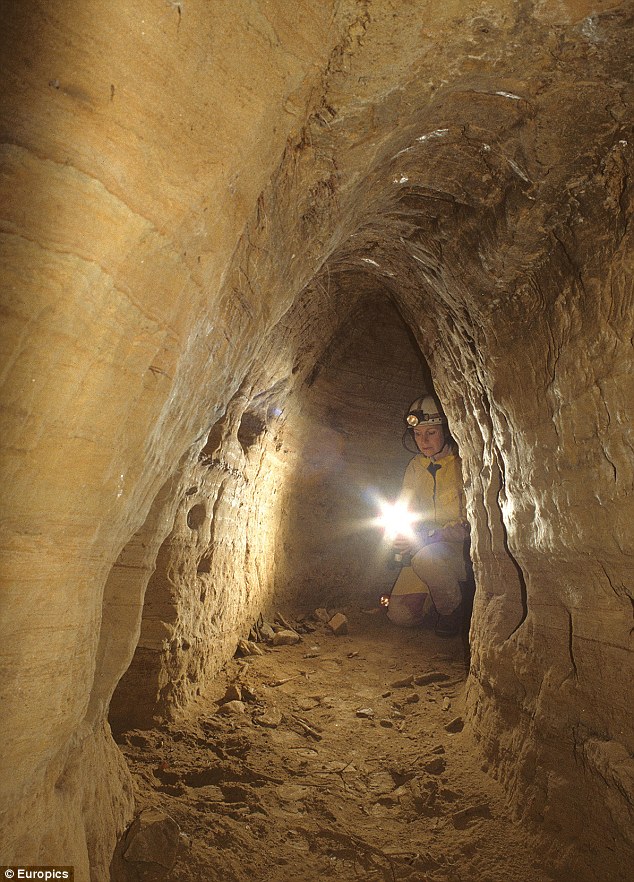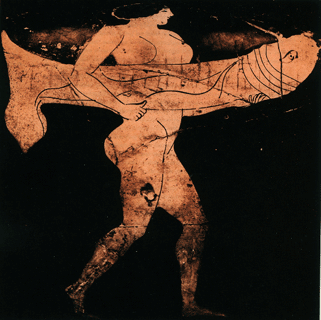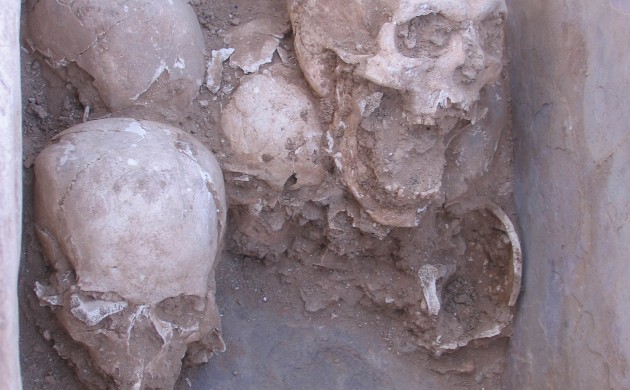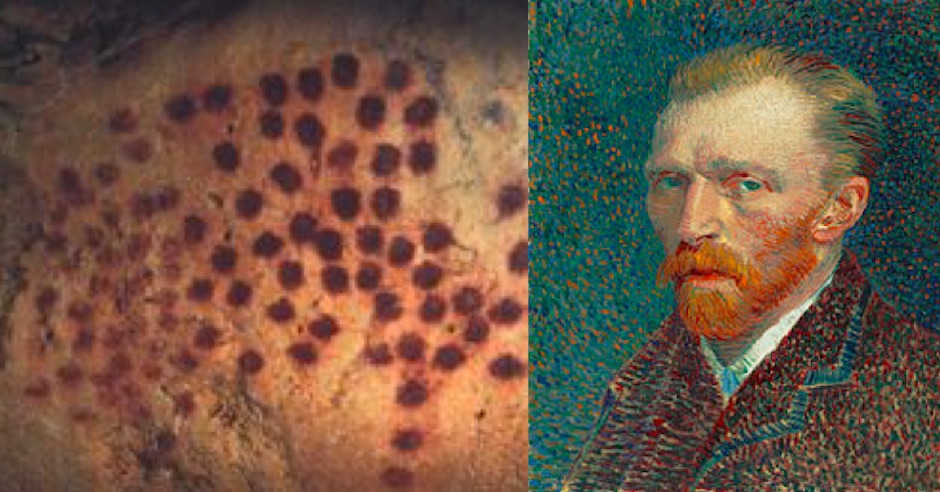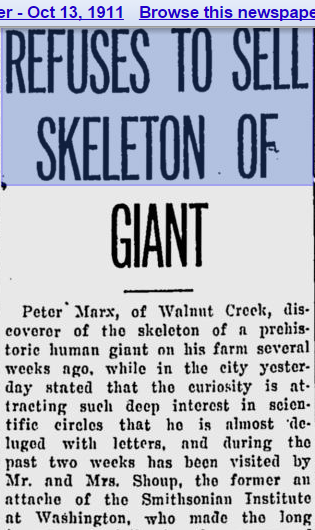A farmer living in Turkey’s central Çorum province, discovered a 3,300-year-old ancient bracelet while he was plowing his farm.
The artifact is from the ancient Hittite civilization, and it carries depictions of Hittite symbols, including imagery of the Itar/Auka and his servants Ninatta and Kulitta.
The farmer and his neighbor found the artifact while working on their farm in Çorum’s central district of Orduzu.
the farmer, identified only as Osman K., said that he saw a metal item in the field while he was plowing his farm and stopped his tractor upon discovering that it was an ancient artifact.
The farmer said that he initially tried to sell the bracelet, thinking it had no historical value. However, once he failed in his attempt to sell it and learned that it was an ancient piece, K. reported the finding to the local gendarmerie station.
The gendarmerie then sent the bracelet to the Çorum Museum Directorate for further examination and conservation work.
The Hittites were an ancient peoples of Anatolia who lived between 1600 B.C. and 1200 B.C.
They were an Indo-European people who established an empire centered on Hattusa in north-central Anatolia around 1600 B.C., as well as a kingdom in northern Syria called Mitanni or Hanigalbat and a kingdom in southern Levant called Kizzuwatna or Que or Cilicia, both of which became known as Syria after its conquest by Assyria in 740 B.C.
Hüseyin Kocabaş, the head of the museum, told Anadolu Agency (AA) that it is rare for an old artifact to be unearthed with such a high degree of preservation.
Noting that the bracelet is also decorated with animal figures including lions and bulls as well as gods depicted in human form, Kocabaş said: “The bracelet is 1 cm wide and 16 cm long. It is made of bronze and tin metal alloy.”
He added: “It can be dated back to around 1300 BC.
The archaeologist also noted that there are few pieces of Hittite-era jewelry and this piece sheds light on the jewelry styles of the civilization.
“The bracelet has important historical value. It is one of the rareest examples of this type of work. This kind of bracelet dates back to the Late Bronze Age [1500-1200 B.C.] and is not only important for Çorum but also for Anatolia and even the world,” said Ahmet Tuna, a professor at Çorum Hitit University’s History Department.
Tuna also noted that this was not the first time an image depicting Auka had been discovered in Çorum, although similar artifacts were found in other Turkish provinces.
With its location in Çorum, the most famous home of the ancient Hittite city of Hattusa and a UNESCO World Heritage Site since 1986.
Çorum has made its mark on history as an influential settlement in antiquity.
Hattusa served as the capital of the Hittite Empire, which played an important role in urban life and the development of Bronze Age civilizations.
It was the first national excavation site in Turkey.

Moe is the founder of GnosticWarrior.com. He is a father, husband, author, martial arts black belt, and an expert in Gnosticism, the occult, and esotericism.

